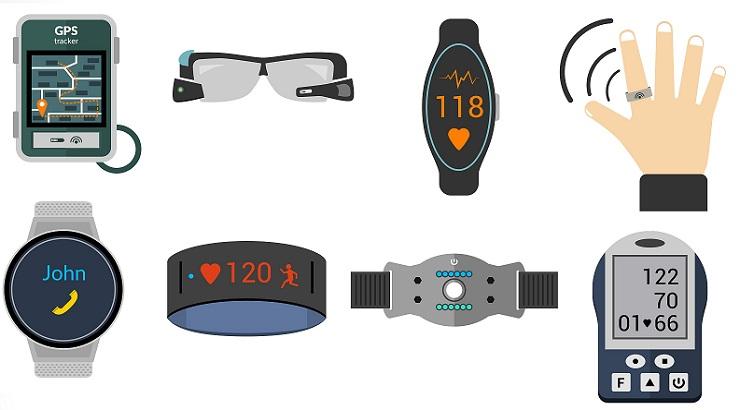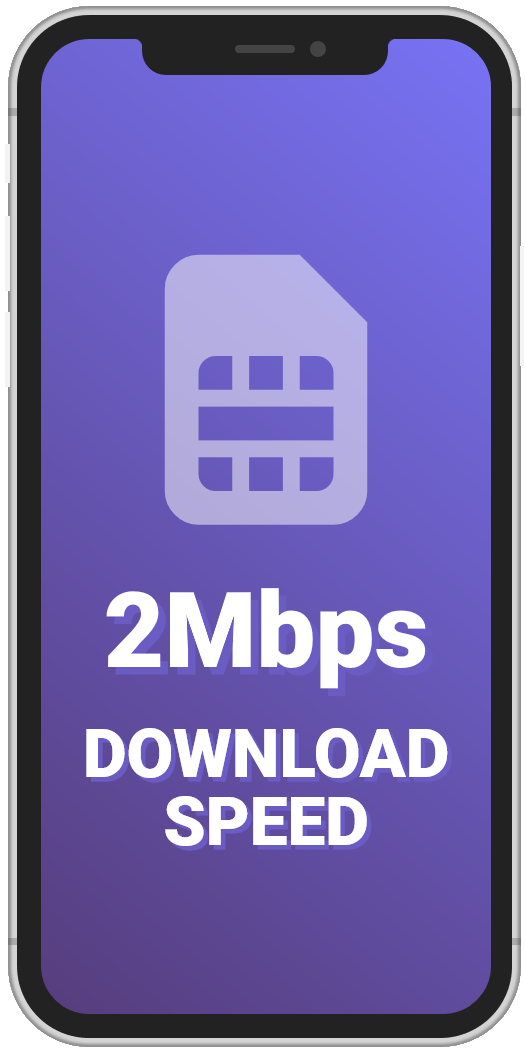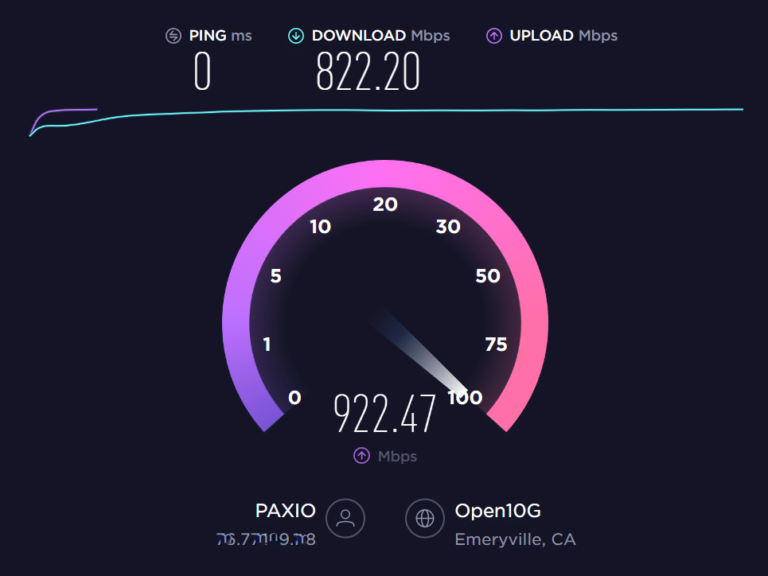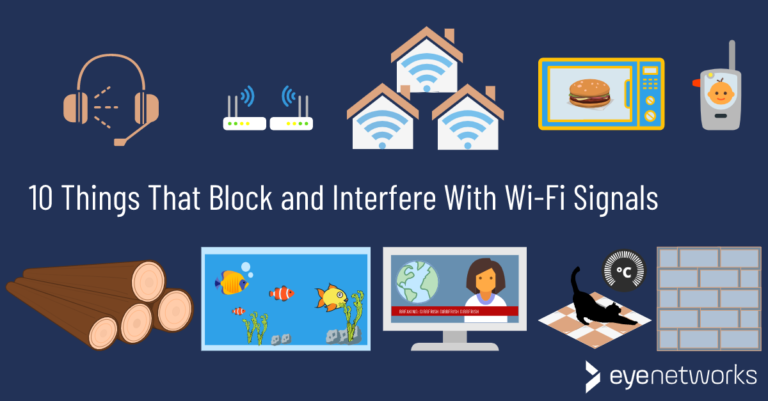How IoT Is Used In Wearable Devices?
The Internet of Things (IoT) is transforming the way people interact with technology and wearables are no exception. Wearable devices, such as smartwatches and fitness trackers, are some of the most popular applications of the IoT. These devices can collect data and connect to the internet, allowing users to stay connected with their fitness goals, monitor their health, and receive notifications from their smartphone. By leveraging the power of the IoT, wearables can provide a range of functionalities, such as tracking your heart rate, counting your steps, and more. Additionally, since IoT devices are connected to the internet, users can access their data from anywhere, anytime. Through the use of IoT, wearable devices are becoming increasingly popular and can provide users with a wide range of innovative features and functionalities.
What is the Internet of Things (IoT)?
The Internet of Things (IoT) is a rapidly growing network of connected devices that enables the internet to access and control everyday objects, such as wearable devices. IoT technology enables devices to communicate with each other and exchange data without any human intervention. By leveraging the power of the internet, IoT-enabled wearable devices can access real-time data and perform tasks autonomously. Wearable devices such as fitness trackers, smartwatches, and smart glasses are now commonly seen on the wrists, necks, and faces of people.
These devices use IoT technology to collect data, such as heart rate, sleep patterns, and activity levels. This data can then be analyzed, making it easier for users to track their fitness goals and health. IoT-enabled wearable devices can also be used to monitor location and security, allowing users to stay connected with their surroundings and alert them to any potential risks. Furthermore, IoT-enabled wearable devices can also be used to access entertainment, such as streaming media and gaming.
With the increasing popularity of IoT-enabled wearable devices, the potential for IoT technology is limitless. By harnessing the power of the internet, IoT-enabled wearable devices can provide users with greater convenience, improved security, and enhanced entertainment experiences. As the technology continues to develop, the possibilities for IoT-enabled wearable devices are endless.
What are Wearable Devices?
Wearable devices, as the name implies, are items worn on the body that can be used to track the user’s health, fitness, and activity levels. This includes smartwatches, fitness trackers, and heart rate monitors. These devices are connected to the Internet and can be used to collect and store data, while also providing the user with real-time feedback and alerts. The Internet of Things (IoT) is a rapidly growing area of technology, and it is being used in increasingly innovative ways in the wearable device industry. IoT devices are used to collect data about the user’s activity and health, and this data can then be used to create personalized experiences and alerts. For example, a fitness tracker might track the user’s heart rate and suggest different exercises or activities based on their current level of activity. IoT technology can also be used to make recommendations on food, sleep, and other activities that can improve health and wellbeing. Wearable devices are becoming increasingly popular, and the use of IoT technology has enabled new ways for users to interact with their devices and improve their overall health.
Advantages of Using IoT in Wearable Devices
The Internet of Things (IoT) has revolutionized the way people interact with technology, and its impact on the wearable device industry is no exception. Wearable devices, such as fitness trackers, smart watches, and smart glasses, are now frequently being integrated with IoT technology to allow for a more seamless experience. IoT enables wearable devices to be interconnected with one another, offering users a range of advantages and features that were previously unavailable.
Using IoT in wearable devices allows for data to be collected and shared wirelessly between devices, allowing for a more personalized experience. IoT can also enable the devices to be used remotely, giving users the ability to control their device from a distance. This can be useful for a variety of tasks, such as receiving notifications, tracking fitness goals, or monitoring vital signs.
IoT also offers users the opportunity to customize their devices to their own needs and preferences. For example, wearable devices can be programmed to track specific activities, such as running or cycling, or to provide alerts when certain thresholds are reached. This feature can help users stay on top of their health and fitness goals.
The use of IoT in wearable devices also provides users with the ability to connect with other devices, such as smartphones or tablets. This allows users to have access to more data, enabling them to make more informed decisions about their health and fitness. Additionally, the use of IoT in wearable devices can provide users with a greater level of security, as the devices can be programmed to send notifications if they detect any unauthorized activity.
Overall, the use of IoT in wearable devices provides users with a range of benefits, from improved data collection to enhanced security. By connecting wearable devices to the Internet, users can enjoy a more personalized experience, with the ability to monitor their health and fitness goals more effectively.

Examples of Wearable Devices Leveraging IoT
The Internet of Things (IoT) has revolutionized the way technology is used in wearable devices. Wearable devices are no longer just about tracking your steps and monitoring your heart rate; they now have the potential to be much more. IoT has enabled the development of more sophisticated and dynamic wearable devices that can be used for a range of applications. Examples of wearable devices leveraging IoT include fitness and health trackers, smart watches, augmented reality glasses, and smart glasses.
Fitness and health trackers use sensors and other technology to monitor a wearer’s physical activity, heart rate, and other health indicators. Smart watches are also becoming increasingly popular and come with a variety of features from tracking fitness and health stats to receiving notifications from a smartphone. Augmented reality glasses and smart glasses are also becoming more popular, with many companies developing their own devices. These devices use sensors and cameras to provide the wearer with an augmented view of the real world.
The potential of IoT-enabled wearable devices is immense, and the possibilities for new and innovative applications are endless. IoT-enabled wearables are becoming smarter and more sophisticated, and are providing users with more accurate and reliable data. With the right combination of sensors, software, and hardware, wearable devices can provide users with personalized, real-time data which can be used to inform decisions and improve health and wellness.
Challenges to Implementing IoT in Wearable Devices
The world of the Internet of Things (IoT) is growing rapidly, and its impact can be seen in many aspects of our lives, from our homes to the workplace. One of the most exciting areas of IoT is its use in wearable devices, which are becoming increasingly popular. While the potential of IoT in wearable devices is remarkable, there are some challenges to consider when implementing this technology.
For example, when it comes to wearable devices, there is a delicate balance between form and function. A device must look fashionable and comfortable to be successful in the market, while also having to contain all the necessary components to make it functional. This means that the device must be small and light enough to be comfortable, but must also have enough power and space to accommodate the necessary components.
The components themselves must also be robust and reliable enough to withstand the wear and tear of everyday use. Additionally, the device must be able to communicate with other devices in the IoT network. This means that the wireless technology used must be secure and reliable.
Finally, for users to be able to access the data generated by the device, it must be able to connect to the internet. This can be a challenge, as the device must be able to find a strong enough connection to transmit data without interruptions.
These are just some of the challenges that come with implementing IoT in wearable devices, but with the right approach, these challenges can be overcome. With the right combination of design, components, and technology, wearable devices powered by IoT have the potential to revolutionize the way we interact with the world around us.
Conclusion
The Internet of Things (IoT) has revolutionized the way we interact with technology, and wearable devices are at the forefront of this revolution. By connecting wearable devices to the internet, consumers can access a wide range of features and services that make life easier and more convenient. IoT-enabled wearables are designed to help users stay connected, track fitness goals, and even monitor their health. Moreover, IoT-enabled wearables are becoming increasingly popular among businesses due to their ability to monitor employee productivity and track data in real-time. All in all, IoT has transformed the way we use wearable devices, making them more efficient and reliable than ever before.
FAQs About the How IoT Is Used In Wearable Devices?
Q1. What is IoT and how is it used in wearable devices?
A1. IoT, or the ‘Internet of Things’, is a term used to describe a network of connected devices and systems that can communicate with each other. In the context of wearable devices, IoT is used to link the device to the internet and enable it to send and receive data from other connected devices.
Q2. What are the benefits of using IoT in wearable devices?
A2. IoT can be used to improve the user experience of wearable devices, such as by enabling remote monitoring and controlling of the device, as well as providing real-time data on the device’s performance. Additionally, it can be used to make wearable devices more secure by providing authentication protocols and encryption.
Q3. What are the challenges associated with using IoT in wearable devices?
A3. One key challenge is battery life, as IoT requires more power than typical wearables. Additionally, there are security challenges associated with IoT, such as keeping data secure from hackers and ensuring data privacy. Finally, there are also challenges related to connecting the device to the internet, such as finding a reliable network connection.
Conclusion
The Internet of Things (IoT) has revolutionized the way we interact with wearable devices. It has enabled more efficient and accurate data collection and communication between devices, allowing us to better understand our health, activities, and environment. Wearable devices, such as fitness trackers, smartwatches, and clothing, are now connected to the internet and can send and receive data from each other and from other devices. By using the latest IoT technology, wearable devices are now able to track and monitor our movements, heart rate, sleep patterns, calorie consumption, and more. IoT has made it possible for us to have more control over our health and well-being. With the increasing popularity of IoT, it is likely that more advances will be made in the wearable device space, making it even easier for us to keep track of our progress and stay healthy.




